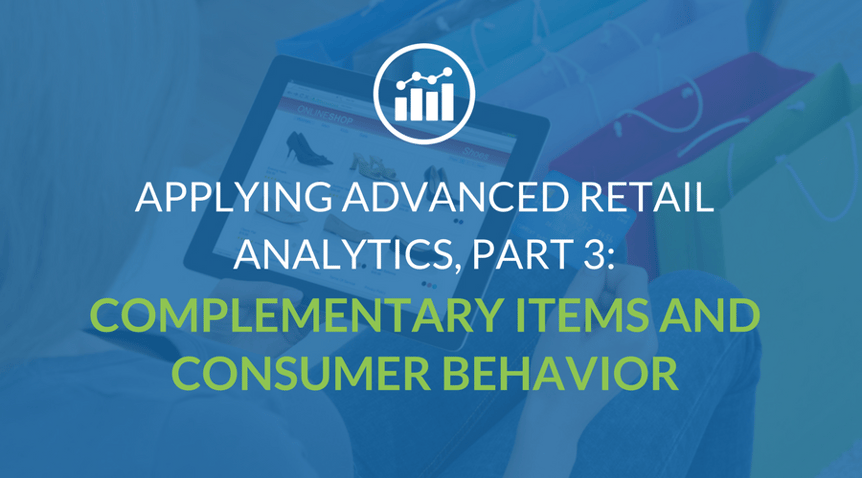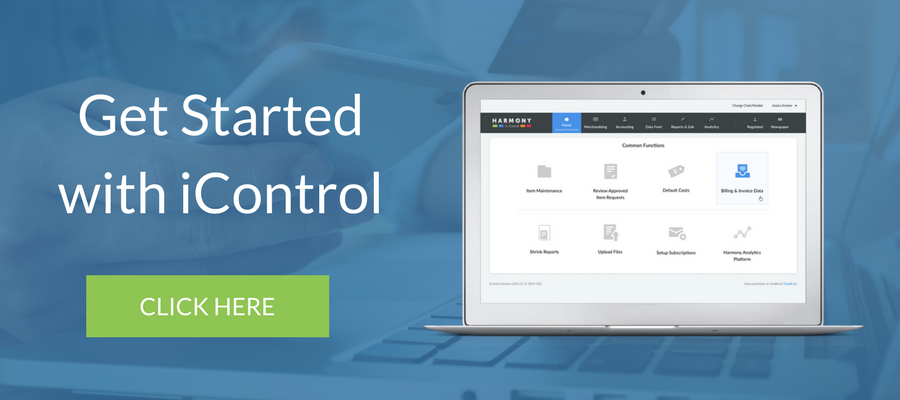 To get a comprehensive look at your market basket, you need to know which items consumers commonly buy together and how likely they are to buy them together in the future. Classic examples? Peanut butter and jelly. Hot dogs and hot dog buns.
To get a comprehensive look at your market basket, you need to know which items consumers commonly buy together and how likely they are to buy them together in the future. Classic examples? Peanut butter and jelly. Hot dogs and hot dog buns.
Those are obvious, but what about complementary items that aren’t so intuitive? iControl’s analytics found that hamburger and pasta are highly correlated. That’s a powerful piece of information for providers of beef and pasta sauce - plus dozens of other products that are associated with them.
Developing Consumer Types
Advanced retail analytics will show consumer behavior, identifying areas of strategic opportunity. This helps you understand consumers better, to develop a clearer picture of your target audience, along with other audiences you might be missing.
Health-conscious people buy more fruit and yogurt. This means it’s better for a health-focused product to be placed near a grocer’s dairy or produce departments than near the frozen packaged meals. The wrong placement choice can make or break a new product, so using a data-driven approach can be critical to your product development plan.
Analytics help piece together a consumer personality for your brand and products. Perhaps the data reveals that your customers are buying the following products during the same shopping trips as your product: beer, soda, pretzels, chips, paper plates, disposable cutlery, and bulk-sized frozen appetizers. Check the national sports schedules. The SuperBowl is a big one, but also local rivalries or key match ups. Your next best customer might be a football fan who hosts game-watching parties.
Expecting the Unexpected
Analytics can also reveal unexpected data. Maybe it’s an unusually high number of items purchased during a single day of the year - not a holiday, not a sports day, not something you can find on any calendar. Maybe a certain item is suddenly being bought with your product, but nobody on your team understands what the connection could be.
Sometimes one enlightening fact brings the whole picture together. Understanding ongoing trends like beef and pasta sauce, versus one hit wonders is important too. Why is everyone buying chocolate chips on May 17? The town’s annual bake-off is on May 18. Why are so many people suddenly buying red wine, raspberries and a bag of ice? A famous person made wine slushies on the Food Network. In these examples, if you didn’t know about a small-town event or a big-name celebrity, you wouldn’t understand the meaning behind the data.
Leveraging Data into Promotions and Partnerships
Unexpected data can lead to unexpected - and beneficial - cross-promotional opportunities. For example, when the Apple watch first launched, some fashion designers criticized it for having a bulky, unsophisticated look. Apple, which thought the watch was on-trend, quickly analyzed their poor sales among luxury buyers. Once they realized the mistake, they forged a partnership with Hermes, a high-end fashion brand, to meet the desire of the target consumer.
Analytics that can reveal shopper behavior leads to a better understanding of that shopper, which means better targeted promotional opportunities. For instance, did you know people who purchase adult cereal are more likely to also be purchasing health conscious items like fresh fruit, yogurt, hummus and granola. While people who purchase kids cereal are much more likely purchasing convenience foods like frozen dinners and packaged snacks. This creates huge cross promotional opportunities for these brands. At the same time, if the connection is so strong, say for bagels and cream cheese, it may make sense to only promote one at a time since the consumer will almost always be likely to purchase the other item.
When encountering data that doesn't make immediate sense, don't worry. Research the connection, discuss it with your team, and welcome the unexpected feedback. It might lead to your company’s next new product or big promotional deal.
Retail Analytics Wrap-Up
We hope this three-part series about retail analytics has helped you better understand your market basket, complementary buying, promotional planning, consumer behavior, and the forces at work behind product management.
If you’re ready to explore advanced analytics, contact us today. We’ll show you how iControl’s data-driven platform can be the driving force for business success.
